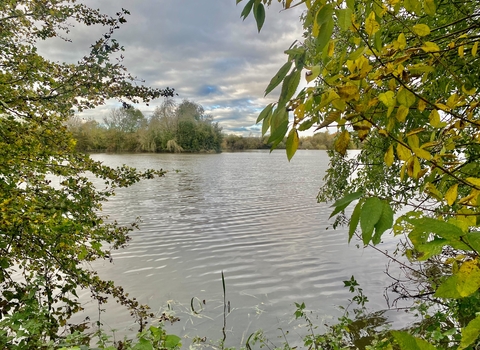Many areas are specially protected for their wildlife value.
They range from vast landscapes to single fields. Some are protected by law, and others by policy. The planning system should protect these areas and the wildlife that lives in them. You can find out about protected sites near you on the Natural Resources Wales website.
Statutory protected sites (places which have legal protection):
- National Parks and National Landscapes: These protected landscapes form a quarter of the land in Wales. National Parks have a statutory purpose to conserve and enhance natural beauty, wildlife, and cultural heritage. National Landscape have a statutory purpose to conserve and enhance natural beauty. Local planning authorities must give ‘great weight’ to the purposes of protected landscapes (PPW 6.3.6-7). Major developments should not take place within protected landscapes except in exceptional circumstances.
- Special Protected Areas (SPAs) and Special Areas of Conservation (SACs): SPAs are areas of international importance for rare birds, protected by the European Birds Directive. They are usually around the coast and estuaries. SACs are areas that support internationally important habitats and species, listed in the European Habitats Directive. Together, SPAs and SACs form the Natura 2000 Network – which stretches across Europe. Where a development or plan could affect a SPA or SAC, a Habitats Regulations Assessment (HRA) must be carried out. Only development carried out for ‘imperative reasons of over-riding public interest’ where there is no alternative, can be allowed to negatively affect a SPA or SAC (PPW 6.4.18) SPAs and SACs are also notified as SSSIs.
- Ramsar Sites: These are internationally important wetlands, protected by the Ramsar Convention. Development affecting a Ramsar site does not require Habitats Regulations Assessment, but should be treated the same way as SACs and SPAs within the planning system (PPW 6.4.18)
- Sites of Special Scientific Interest (SSSIs): These are sites of national importance, protected by the Wildlife and Countryside Act and the Countryside and Rights of Way Act. Planning authorities have a duty to further the conservation and enhancement of the special features of SSSIs. There is a presumption against development likely to damage a SSSI (PPW 6.4.17) and Natural Resources Wales must be consulted where development or plans could affect a SSSI.
- National Nature Reserves (NNRs): These are sites of national importance, protected by the Wildlife and Countryside Act. They are owned or managed through agreements with Natural Resources Wales. Natural Resources Wales must be consulted where development or plans could affect a SSSI. Local planning authorities should refuse development where there are negative impacts on the protected features of a designated site (PPW 6.4.14)
- Local Nature Reserves (LNRs): These are sites of local importance, and are designated by local authorities, and although their designation uses a legal mechanism, their protection comes from national and local policies. LNRs are usually owned or leased by the local authority and are accessible to the public. The features of an LNR are a material consideration (TAN 5: 5.5.1). Developers are required to avoid harm to the features of these sites where possible, then mitigate and compensate to ensure no overall reduction in nature conservation value (TAN 5: 5.5.3)
- Sites of Importance for Nature Conservation (SINCs), Local Wildlife Sites (LWSs) – These are non-statutory sites designated by the local authority, often with the support of the local nature partnership and local wildlife trust. They do not have to have public access and can be privately owned. Their national policy protection is the same as that for LNRs, but there may be additional local policy for their protection.

